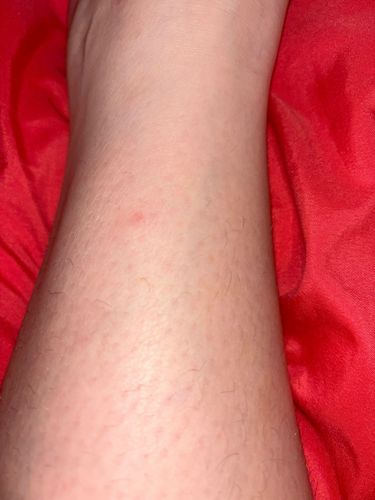Mosquito
Scientific Name: Various species, common genera include Aedes, Anopheles, Culex
Order & Family: Order: Diptera, Family: Culicidae
Size: 3 mm - 6 mm (0.12 - 0.24 inches)

Natural Habitat
Mosquitoes are found worldwide in various habitats, especially near standing water sources due to their aquatic larval and pupal stages. This includes ponds, swamps, marshes, temporary puddles, tree holes, and artificial containers that hold water.
Diet & Feeding
Female mosquitoes feed on blood (from humans, mammals, birds, etc.) as a protein source for egg production. Both male and female mosquitoes feed on nectar and plant saps for sugar.
Behavior Patterns
Mosquitoes are most active during dawn and dusk. Female mosquitoes bite to obtain a blood meal for egg development. They are attracted to carbon dioxide, body heat, and certain chemicals produced by hosts. Males feed on nectar and do not bite. Mosquitoes undergo complete metamorphosis (egg, larva, pupa, adult).
Risks & Benefits
Risks: Mosquitoes are significant vectors of numerous diseases, including malaria, dengue fever, Zika virus, West Nile virus, chikungunya, and yellow fever, causing millions of deaths annually worldwide. Their bites can also cause itchy, irritating welts. Benefits: In some ecosystems, mosquito larvae are a food source for fish and other aquatic organisms, and adult mosquitoes can act as pollinators.
Identified on: 9/3/2025